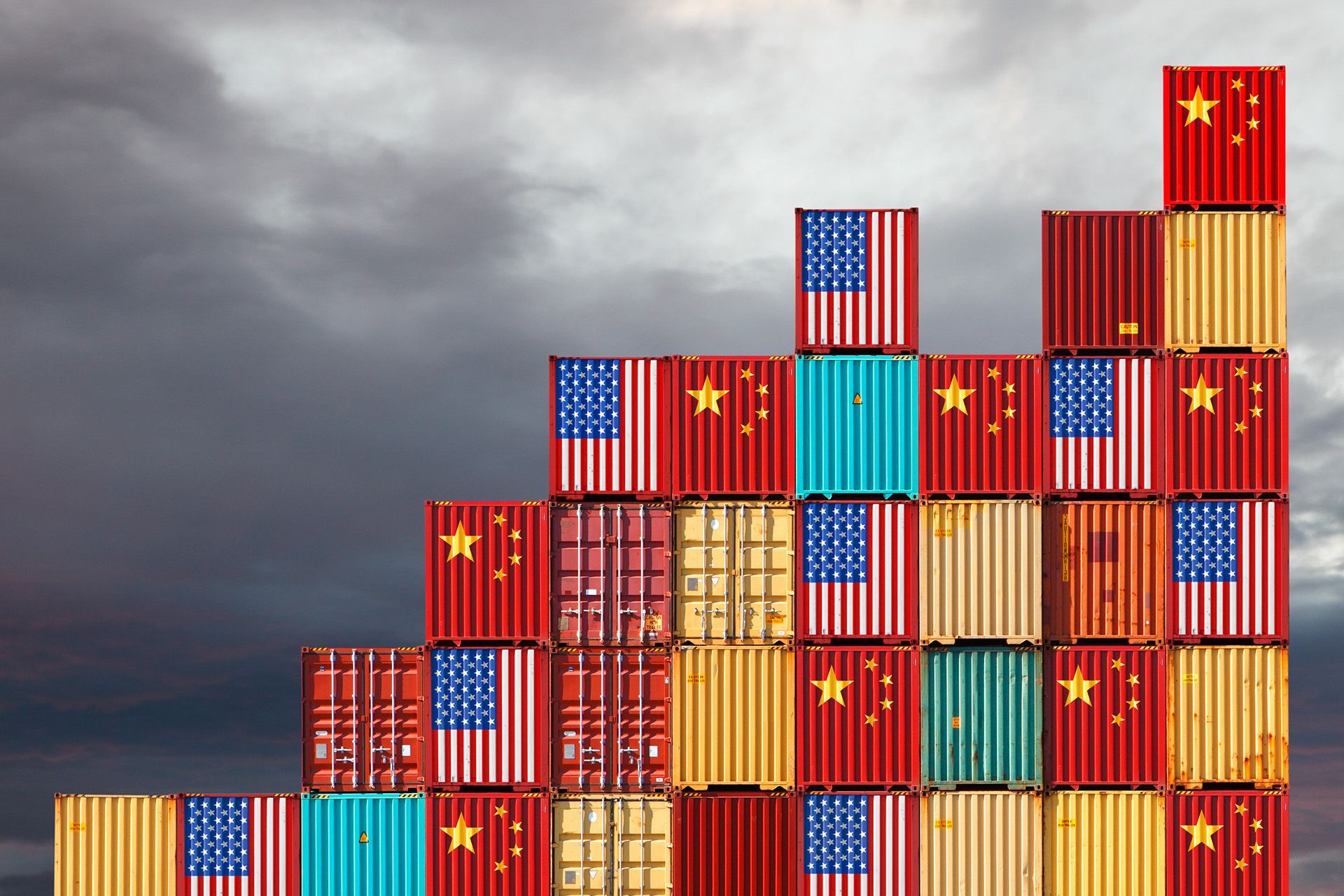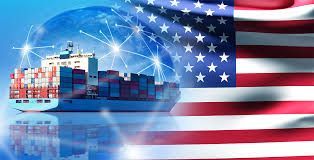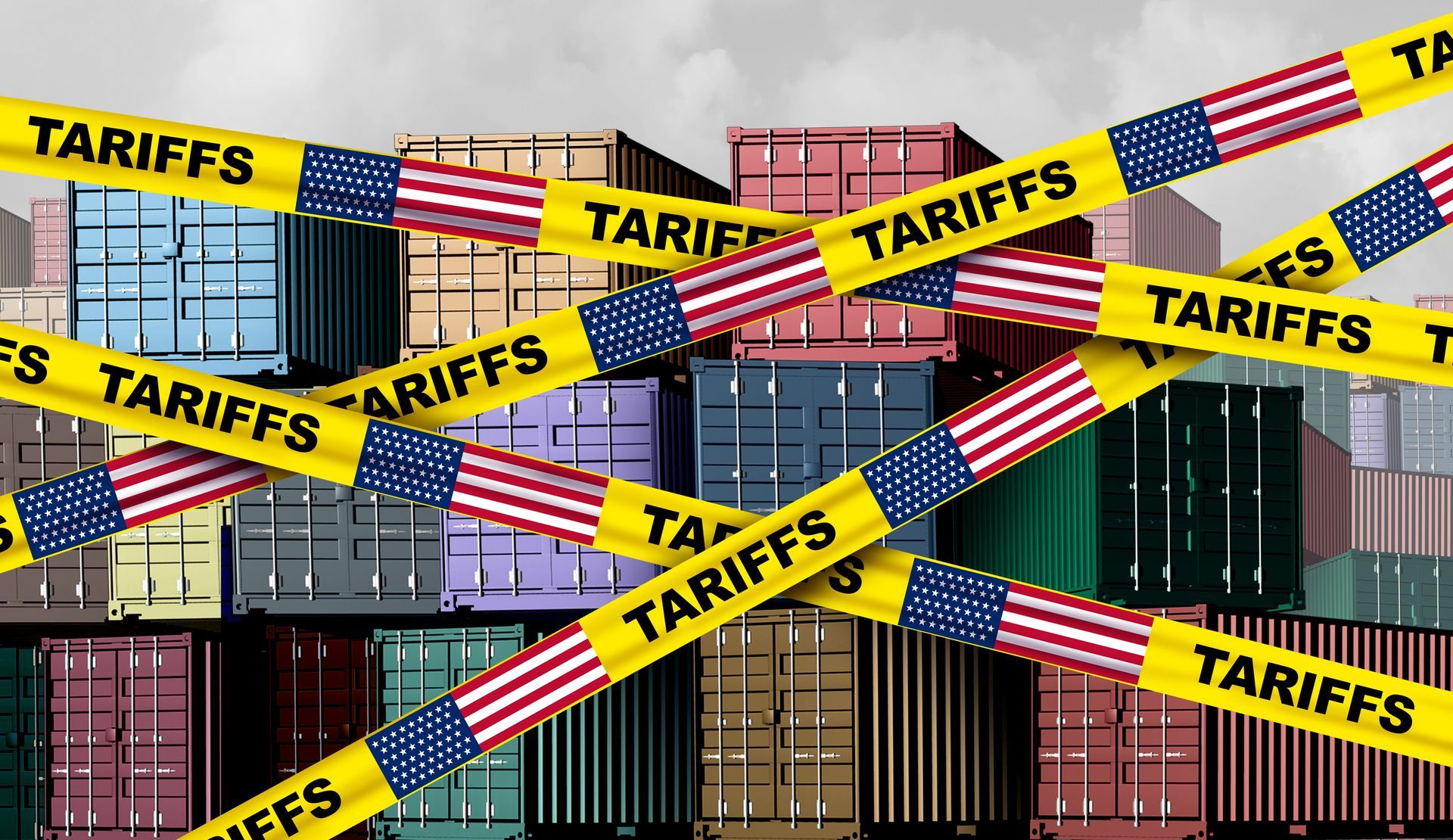USTR Raises Tariffs on Tungsten Products, Wafers, and Polysilicon Under Section 301, Finalizing Four-Year Statutory Review
On December 11, 2024, the U.S. Trade Representative (USTR) announced increases in tariffs on certain tungsten products, wafers, and polysilicon, following its September 19, 2024, solicitation for comments. These tariff increases will take effect for goods entered on or after January 1, 2025, and are part of the USTR’s final action under the statutory four-year review of existing Section 301 duties on China.

Specific Tariff Increases:
Tungsten Products (Increase to 25%)
The following subheadings for tungsten products will see a tariff increase to 25%:
8101.94.00: Tungsten, unwrought (including bars and rods obtained simply by sintering).
8101.99.10: Tungsten bars and rods (other than those obtained simply by sintering), profiles, plates, sheets, strip, and foil.
8101.99.80: Tungsten, articles not elsewhere specified or included (nesoi).
Wafers and Polysilicon (Increase to 50%)
The following subheadings for solar-related products will see a tariff increase to 50%:
2804.61.00: Silicon containing by weight not less than 99.99 percent of silicon.
3818.00.00: Chemical elements doped for use in electronics, in the form of discs, wafers, etc.; chemical compounds doped for electronic use.
Background and Purpose:
These tariff increases are part of the final action taken by the USTR pursuant to its statutory review of Section 301 duties on China’s trade practices. While China has made some changes to its trade policies, the USTR concluded that harmful practices—including forced technology transfer, cyber theft, and industrial espionage—continue to persist or have worsened.
In response, the USTR has targeted strategic sectors, such as critical materials (tungsten) and clean energy (solar wafers and polysilicon), which are vital for U.S. economic and national security. These sectors are critical for the U.S. to maintain its competitive edge in technology, renewable energy, and critical supply chains.
Effective Date:
These tariff increases will apply to goods entered on or after January 1, 2025.
Broader Context of the USTR’s Review:
This action concludes the four-year statutory review of the China 301 tariffs, which began in 2018, and targets sectors where China's practices have been most problematic. In addition to the tungsten and solar-related products, the USTR has previously increased tariffs on other products, including:
100% tariffs on electric vehicles, syringes and needles, and medical gloves.
50% tariffs on semiconductors, solar cells, and facemasks.
25% tariffs on steel, aluminum, and certain critical minerals.
Potential Impact on U.S. Businesses:
Sourcing Alternatives: U.S. businesses that import tungsten products or solar-related goods from China will face higher costs. Companies may need to diversify suppliers, seek tariff exclusion requests, or explore alternative sourcing options to mitigate the impact of the higher tariffs.
Price Adjustments: Businesses could consider adjusting their pricing models to pass on some of the tariff costs to consumers or explore ways to absorb the increases, depending on their competitive positioning and market conditions.
Strategic Planning: Companies in affected sectors should engage in proactive strategic planning to assess how these tariffs will affect their operations and consider long-term supply chain adjustments. Consulting with trade and legal experts could help businesses navigate these changes effectively and develop strategies to minimize the financial impact.
The tariff increases announced on December 11, 2024, reflect the U.S. government’s ongoing effort to address unfair trade practices by China, particularly in sectors crucial to U.S. economic and national security. These increases will likely have a significant impact on companies importing tungsten products, solar wafers, and polysilicon from China. U.S. businesses in these sectors should consider consulting with trade experts to assess the full impact and develop strategies to mitigate the effects of the new tariffs.
Get actionable advice on cost-saving strategies that boost your bottom line.
Subscribe here:




















